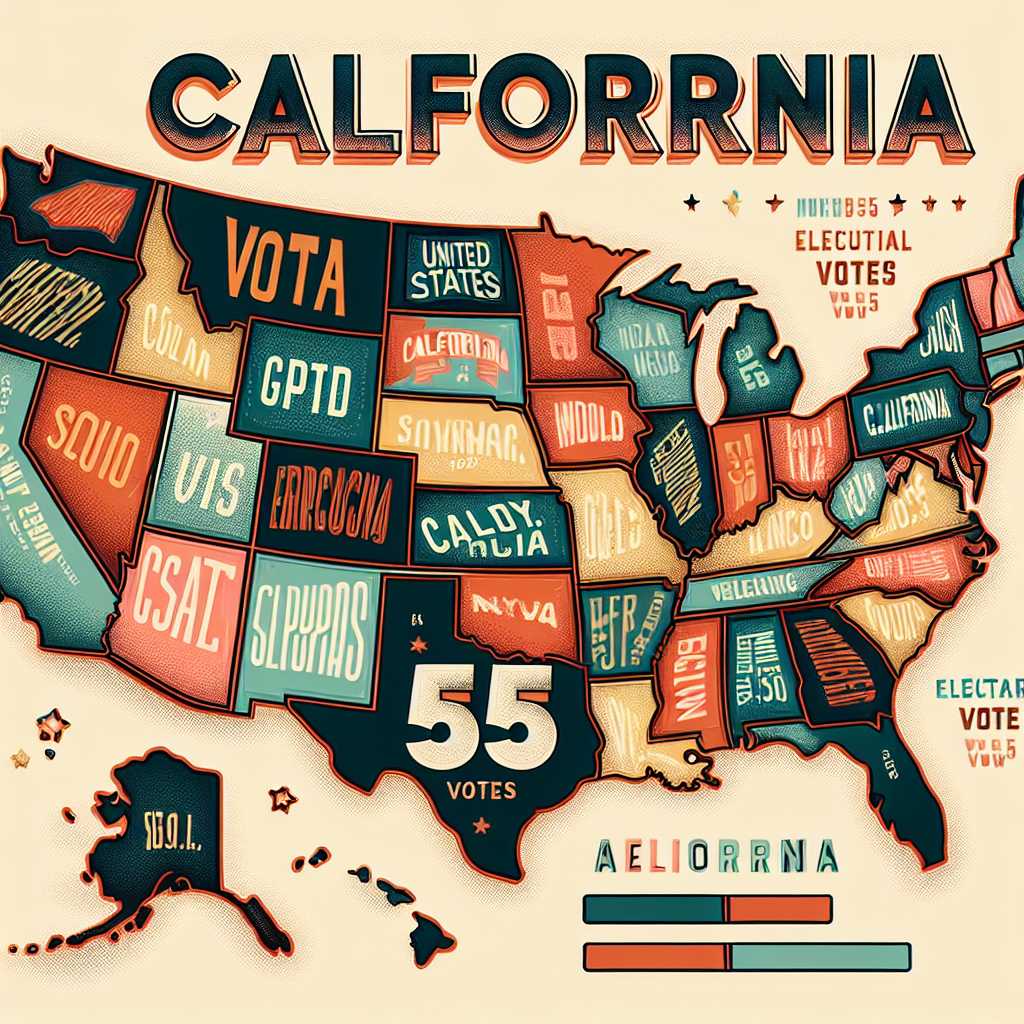### Understanding California’s Role in the Electoral College System
The Significance of California in Presidential Elections
California, known for its vast population and economic might, holds a significant position in the electoral processes of the United States, particularly in presidential elections. This stems from its allocation of electoral votes, which is the highest of any state in the union. California’s electoral votes have historically been pivotal in determining the outcome of the closely contested races for the White House.
Electoral College Basics
Before delving into California’s specific role, it is essential to understand how the Electoral College works. The United States’ president and vice president are not elected directly by a nationwide popular vote but rather through this system established by the Constitution. Each state is allotted a number of electors equal to its total number of Senators (always two) plus Representatives in the U.S. House, which is determined by the state’s population.
California’s Apportionment of Electors
California, being the most populous state according to the most recent U.S. Censuses, has the largest delegation in both the U.S. Senate and House of Representatives. With its current population, California is allotted 53 Representatives and, like every other state, two Senators, making for a total of 55 electoral votes. This significant share represents about 10% of the 538 total electoral votes and more than 20% of the 270 needed to win the presidency.
History and Trends in California’s Voting Patterns
California’s electoral votes are critically important because they often sway towards a single party in contemporary presidential elections. Over the past few decades, California has evolved politically from a battleground state to one that predominantly supports one party, shifting due to changes in demographics, economic factors, and social attitudes.
Impact on Campaign Strategies
Candidates invest considerable time and resources into states like California during primary campaigns to secure a party nomination. However, given California’s tendency to vote for a particular party in general elections, candidates from the opposing party often focus their campaigning efforts elsewhere where the outcomes are less predictable and swing states may decide the election.
The Controversy Surrounding the Electoral College
California is frequently at the center of debates about the fairness and efficacy of the Electoral College system. Critics argue that it gives disproportionate influence to smaller states and doesn’t fully reflect the popular will expressed in election results. Advocates, however, contend that it preserves an element of federalism and protects against the tyranny of the majority.
NOTES
Conclusion California remains an essential powerhouse within American politics due to its massive share of electoral votes and thus wields substantial influence during presidential elections despite debates over the effectiveness and equity of this system.
Image Description: A graphic map of the United States highlighting California in bold color with a numerical overlay showing ’55’, representing its number of electoral votes in relation to other states shown in muted colors with their respective electoral vote counts.
